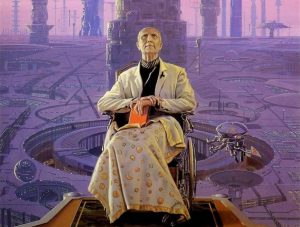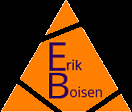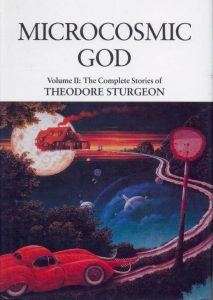
I finished Isaac Asimov’s Foundation novel. The entire setting is in a far-off galaxy in the distant future. The story shows how religion and economics influence and shape society. The setting is futuristic and fictional, but the core of the story could easily be told with modern day Earth as a setting and each of the fictional worlds as different countries and their representative governments. Asimov appears to have a keen understanding of how large groups of people function and malfunction as a society. This novel could easily be made into several films. I believe it would actually tell much better as a film.
There are far more characters in this book than most people are able to follow without backtracking, myself included. Multimedia(film/tv) would allow this story to be told without the viewer/reader losing track of who is who. There are five characters in the beginning “Psychohistorian” chapters, nine in the “Encyclopedists” chapters, and fifteen in the “Mayors” chapters alone. I have read that this novel was compiled as a “fix-up” – a collection of four short stories grouped as a novel. There are two Foundation novels following this one, forming a Trilogy. It does not appear that the other two novels were compiled in this manner. I love the story-telling and writing style, but prefer a much shorter list of more-developed characters. I recommend this book for the great insight that Asimov gives on human behavior, but believe most readers will find the voluminous cast of characters tiresome to follow. I am likely going to read the next novel in the Foundation trilogy because I enjoyed the story-telling of Asimov and hope the following novels will be more cohesive as they were not written piecemeal as a collection of short stories. For the time being, however, I already have a copy of Kurt Vonnegut’s Player Piano, so that is next on my list.


